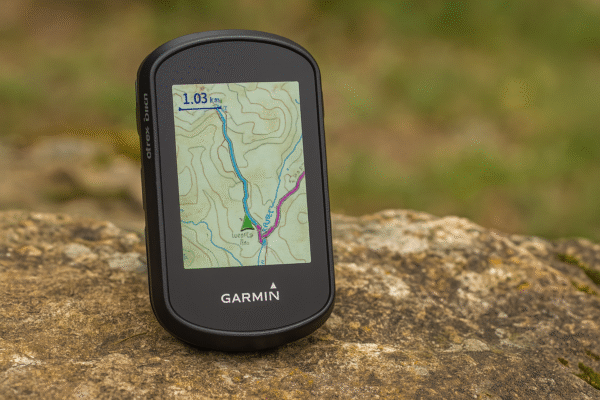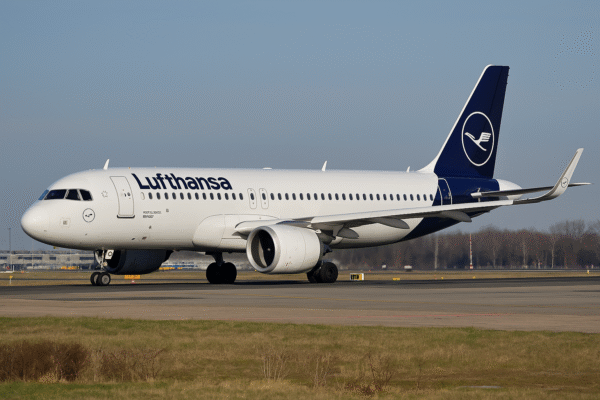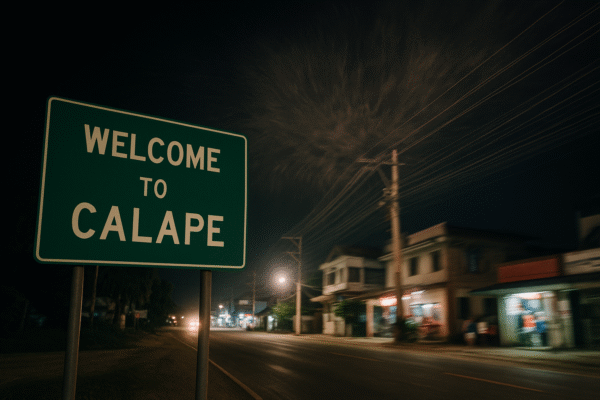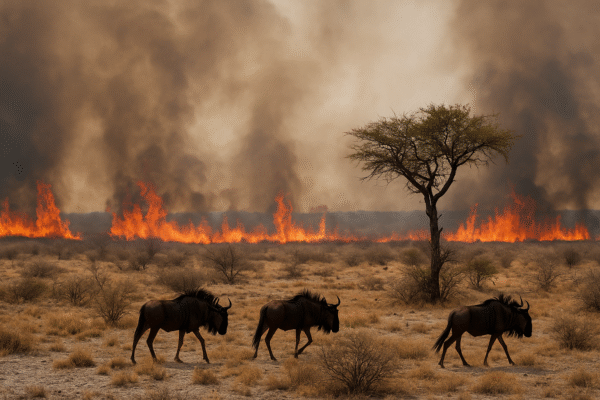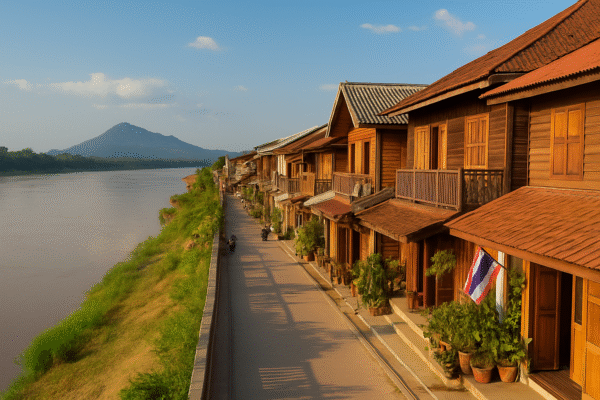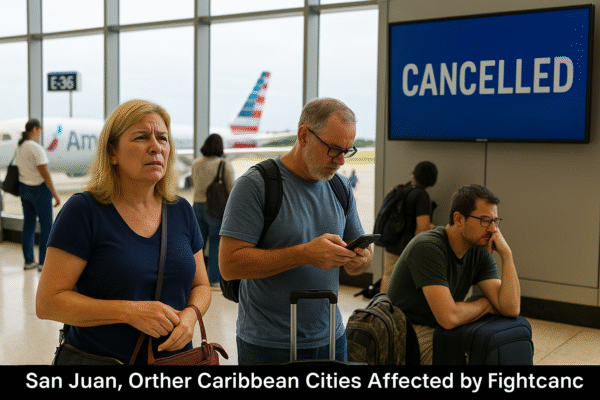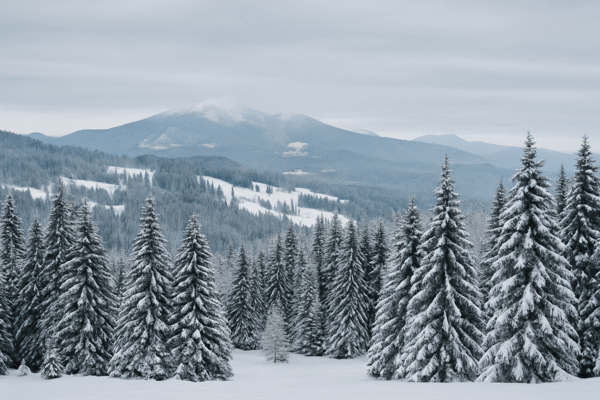As the 2025–26 winter season approaches, travelers and tourism operators alike are bracing for an early arrival of snow in the northern Rocky Mountain states. Meteorologists forecast that high-altitude regions in Montana, Wyoming, and Colorado could see their first significant snow as early as September, with colder systems pushing into lower elevations by October. By November, winter is expected to spread across southern regions, setting the stage for a robust and extended winter tourism season.
This early onset of snow carries major implications for ski resorts, travel planning, and local economies, potentially making the 2025–26 winter one of the most dynamic in recent years.
Ski Resorts Ready to Welcome Visitors
Early snowfall is especially promising for world-renowned ski resorts. Big Sky Resort in Montana, Jackson Hole Mountain Resort in Wyoming, and Aspen Snowmass in Colorado are likely to benefit from the longer season. Skiers and snowboarders eager to hit the slopes earlier than usual could significantly boost advance bookings, lodging demand, and local business revenues.
In Colorado, ski resorts such as Vail and Breckenridge, often considered the crown jewels of U.S. skiing, may see record visitor numbers. Early snow ensures longer operational windows, giving both locals and international tourists more time to enjoy the mountains. Resorts are also preparing to extend their services into spring, maximizing tourism opportunities well beyond the traditional peak season.
Benefits for Local Economies
Winter tourism is a critical driver of regional economies in these states. The early arrival of snow is expected to translate into increased hotel stays, higher occupancy in vacation rentals, and greater demand for restaurants, transport services, and local shops.
Montana and Wyoming, in particular, rely heavily on outdoor adventure tourism to sustain rural economies. For small mountain towns, extended ski seasons mean more jobs, stronger sales for winter gear retailers, and additional income for tour operators specializing in activities such as snowshoeing, snowmobiling, and winter hiking.
Challenges for Travelers
While the early snowfall provides exciting opportunities, it also introduces new challenges for those planning winter getaways. Travelers should prepare for unpredictable weather patterns that may cause disruptions, including road closures and hazardous driving conditions in the Rockies.
Visitors heading into mountainous areas are advised to equip vehicles with snow tires, chains, and emergency supplies. Checking updated road conditions and weather forecasts before traveling will be essential for safety. Beyond driving, travelers should plan carefully to secure accommodations early, as demand is expected to surge once the snow begins to fall.
National Tourism Ripple Effect
The early snowfall in Montana, Wyoming, and Colorado is likely to influence winter tourism trends across the United States. As northern regions receive heavy snowfall earlier, southern states such as Tennessee, Arkansas, and North Carolina could experience increased winter tourism later in the season. Resorts in the Great Smoky Mountains and the Ozarks may attract visitors looking for unique snow-filled experiences outside traditional skiing hotspots.
States like Utah and California, already known for their winter sports offerings, could also see heightened demand, particularly if snow arrives earlier than usual in their high-altitude areas. This shift may help distribute tourism more evenly across the country, alleviating congestion at major ski resorts while providing new opportunities for less traditional winter destinations.
Expanding Tourism Beyond Skiing
While skiing and snowboarding remain the headline attractions, early snow offers opportunities for expanding tourism into alternative winter activities. Families and adventure seekers may increasingly seek snowshoeing, winter hiking, dog sledding, or cozy cabin stays in scenic snowy landscapes.
This diversification not only spreads the economic benefits but also ensures that tourism caters to a wider audience, from hardcore skiers to travelers seeking slower-paced, family-friendly experiences.
Preparation Is Key
For tourism operators, the early season requires careful preparation. Ski resorts must ensure trails, lifts, and safety systems are ready earlier than usual. Staff training for snow conditions, avalanche safety, and guest services will be crucial. Additionally, facilities such as heated cabins, winter gear rental stations, and reliable snow-removal systems should be prioritized to enhance guest comfort.
Travelers, too, should adopt a proactive approach. Booking lodging and activities early will be important as the surge in demand may quickly fill popular destinations. Packing appropriately for cold weather—thermal clothing, winter boots, and safety gear—will ensure a smooth and enjoyable trip.
A Promising Season Ahead
The predicted early snowfall in Montana, Wyoming, and Colorado represents more than a weather anomaly; it is a game-changer for U.S. winter tourism. By extending ski seasons, boosting local economies, and diversifying outdoor experiences, the early arrival of snow sets the stage for a record-breaking year.
While challenges such as unpredictable weather and road safety remain, careful planning and preparation can help both travelers and operators make the most of the season. The 2025–26 winter promises to be one where the Rockies lead the way, inviting adventure seekers, families, and global tourists to embrace the magic of an extended snowy season.
With its combination of breathtaking landscapes, world-class ski resorts, and innovative tourism strategies, the Rocky Mountain region is poised to reaffirm its place as one of the world’s top winter destinations.
For more travel news like this, keep reading Global Travel Wire


